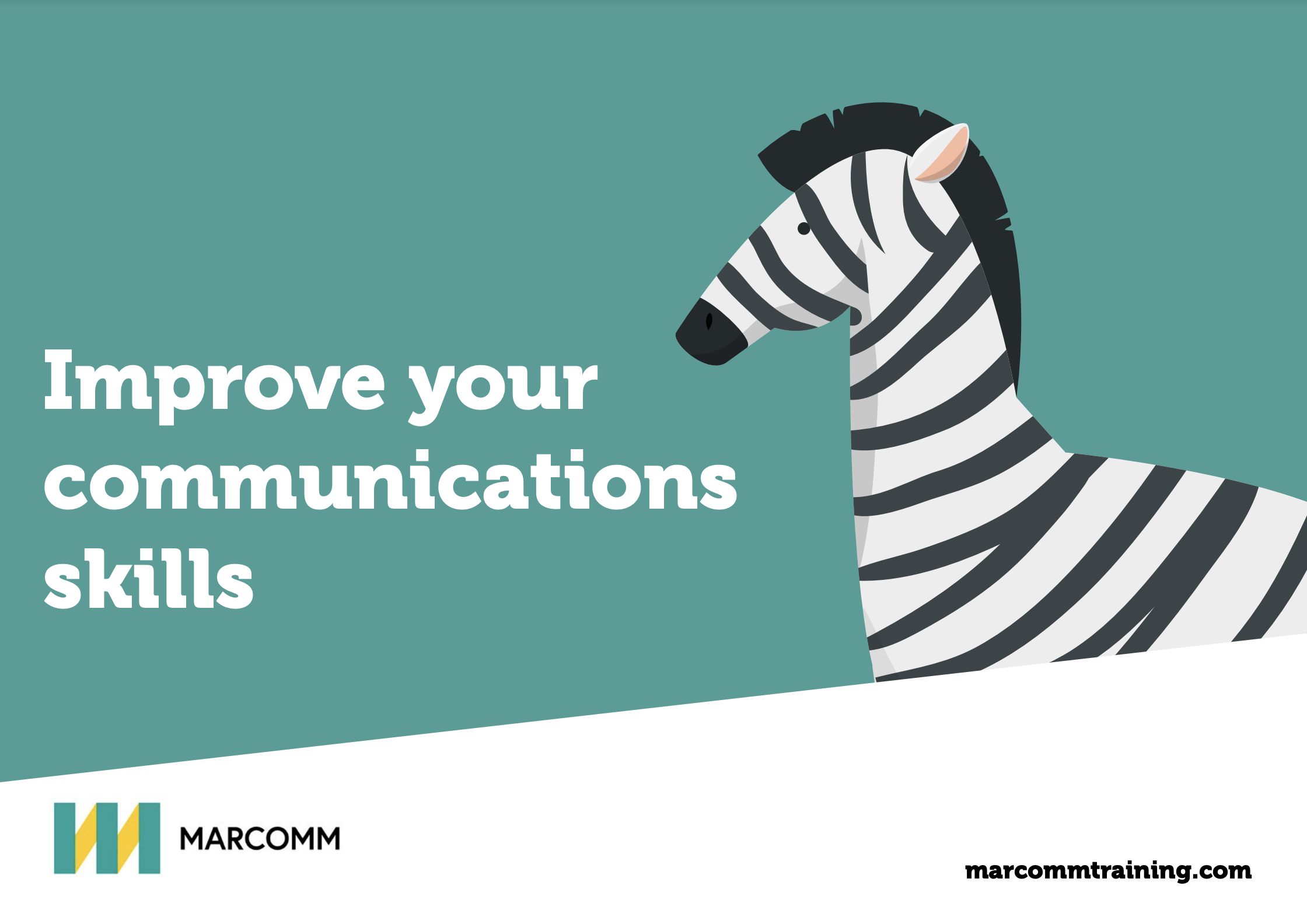We have all been there. You have worked hard on the slides and practised out loud, so this presentation should be straightforward. However, you are naturally a little bit nervous, and as your talk progresses, you start to become aware that you are introducing the dreaded fillers, “Um,” “Ah,” and “You Know,” as you try to figure out what to say next. Your confidence drops, and your presentation doesn’t quite flow as planned.
What are Fillers?
Fillers are the little words we use when the speed of our thoughts exceeds the speed of our speech. We speak 140 – 150 words per minute, yet our brain thinks 4 to 5 times faster than that. We resort to fillers to close the gap. They give us a moment to collect our thoughts. Harvard Business Review research suggests that the optimum frequency for using a filler is once per minute, but the average speaker uses a filler every 12 seconds.
What happens when we overuse fillers?
When we overuse fillers, our message's effectiveness diminishes. Our audience finds them a distraction. Have you ever watched a TV news interview where they stopped someone on the street for their top-of-mind views on a particular topic? It is particularly noticeable when someone speaks unprepared. Their response is generally littered with “Ums,” “You know what I mean?” It is very distracting.
While fillers are acceptable in a conversation, we notice them when presenting to an audience. They become a distraction. Worse, we may assume that the speaker is nervous and maybe they don’t quite know their stuff.
How can we eliminate fillers?
While vocal fillers can be a nuisance, they are not insurmountable obstacles to effective communication. You can minimise their impact and improve your speaking confidence by incorporating a few strategies into your speaking practice.
1. Embrace the Power of Pauses:
Pauses are not only natural but are powerful when delivering a presentation. We speak relatively quickly in this part of the world. We fill even the briefest of silences with a filler. Observe a great speaker like President Obama and how he uses pauses of 2 or 3 seconds to significant effect. Good presenters use strategic pauses to emphasise key points or create a moment of silence to allow the audience to absorb a critical point. Pauses also will enable the speaker to collect their thoughts and consider what is coming next. It reduces the urge to fill the silence with vocal fillers.

2. Practice breathing:
Pauses calm you down, especially if you are nervous. They give the speaker a chance to breathe and so make the speaker appear calm and in control. Deep, diaphragmatic breathing is a useful tool for alleviating nerves before you start your presentation. Before taking the stage, take a few moments to focus on your breath, inhaling briefly and exhaling slowly to centre yourself.
3. Improve the quality of your rehearsal:
Fillers are often the result of nervousness, which often emanates from a lack of adequate practice. Rehearse until you are comfortable and confident with your delivery.
Record and review your presentation delivery before taking the stage. Recording yourself allows you to identify patterns and areas for improvement. Watch out for the overuse of fillers. Listen back with a critical ear, count the number of “Ums “and"Ahs, " and decide how to swap in a pause or phrase to eliminate them. Have a colleague or friend listen to your speech and give you honest feedback. Rehearsing until you are confident is a must.
In summary, while we all use fillers, overuse will erode your confidence as a speaker and become a distraction for your audience. By slowing down the pace and pausing to make your key points, you will become a speaker in control and knowledgeable in their subject. Combine that with elevating the quality of your rehearsal; you will deliver the presentation you are capable of.

